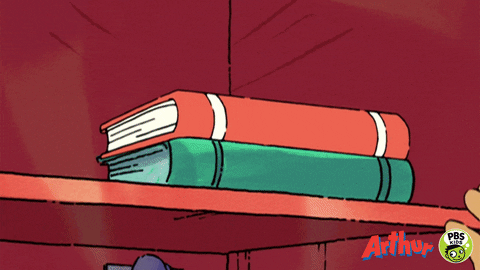














Кто, что, какой, который, чей, сколько and насколько are called relative pronouns. In English we use the following relative pronouns: who, whom, whose, which, that, why, when, where. Relative pronouns are used to introduce relative clauses. What is a relative clause? A relative clause defines things, people and places. To define means to say what something is, or to give something a definition (определение). There are two types of relative clauses.
Defining relative clauses describe what things or people or places are. If you are talking to a friend about something and your friend does not understand what you are talking about, then you might need to use a defining relative clause. For example:
— I liked that film.
— What film are you talking about?
— I’m talking about the film that/which we saw last night.
Here you defined the film that you were talking about. Congratulations! You just used a defining relative clause! In this example, the relative pronouns that or which introduce the defining relative clause. You can use any relative pronoun in defining relative clauses.
Non-defining relative clauses give us extra information. If you remove a non-defining relative clause, the definition of the noun being described does not change. Let’s look at this example:
— Who is Leonardo Di Caprio?
— Leonardo Di Caprio is a famous actor, who I really like.
Who I really like — this is extra information. If we remove who I really like, the main meaning of the sentence does not change.
 When we use a non-defining relative clause in writing, we need to use a comma before the relative pronoun. If the non-defining relative clause is in the middle of the sentence, we need to use commas both before and after the clause.
When we use a non-defining relative clause in writing, we need to use a comma before the relative pronoun. If the non-defining relative clause is in the middle of the sentence, we need to use commas both before and after the clause.
That (который) — We can use that for people, animals and things. We never use the relative pronoun that in a non-defining relative clause.
Which (который) — We can use which for things and animals. We can also use which to talk about a clause and not just a noun.
Who (кто) — We can use who for people.
Whom (кого; кому) — Whom is more formal and is only used for people. In a less formal conversation, who can replace whom. Whom is only used when the person we are talking about is the object of the sentence.
Whose (чей) — We can use whose to talk about possession (обладение).
Why (причина, по которой; почему) — We can use why when talking about the reason for something.
When (когда) — We can use when to talk about the time of something.
Where (где) — We can use where to talk about places.
We also use the indefinite pronouns whoever, whatever, wherever and whenever instead of saying ‘the person who’, ‘the thing that’, ‘the place where’, ‘the time when’.
 Whoever stole my phone is going to be punished.
Whoever stole my phone is going to be punished. Тот, кто украл мой телефон, будет наказан.
Тот, кто украл мой телефон, будет наказан.
Usually we use prepositions at the end of relative clauses, but if we are using more formal language, then prepositions can come before relative pronouns.
 Hospitals are not places that I want to spend time in. (Less formal)
Hospitals are not places that I want to spend time in. (Less formal) Hospitals are not places in which I would like to spend time. (More formal)
Hospitals are not places in which I would like to spend time. (More formal) Больницы — это не те места, в которых я хочу проводить время.
Больницы — это не те места, в которых я хочу проводить время.
If the preposition is part of a phrasal verb, then we cannot put that preposition before a relative pronoun.
 The kids who/whom I look after are great. (NOT: The kids after who/whom I look are great.)
The kids who/whom I look after are great. (NOT: The kids after who/whom I look are great.) Дети, за которыми я присматриваю, замечательные.
Дети, за которыми я присматриваю, замечательные.
Теперь вы точно сможете построить придаточные предложения, используя различные местоимения, а если у вас остались вопросы, то вы можете задать их лично Бену!
Оставьте заявку и мы подберём вам подходящую программу обучения и преподавателя

